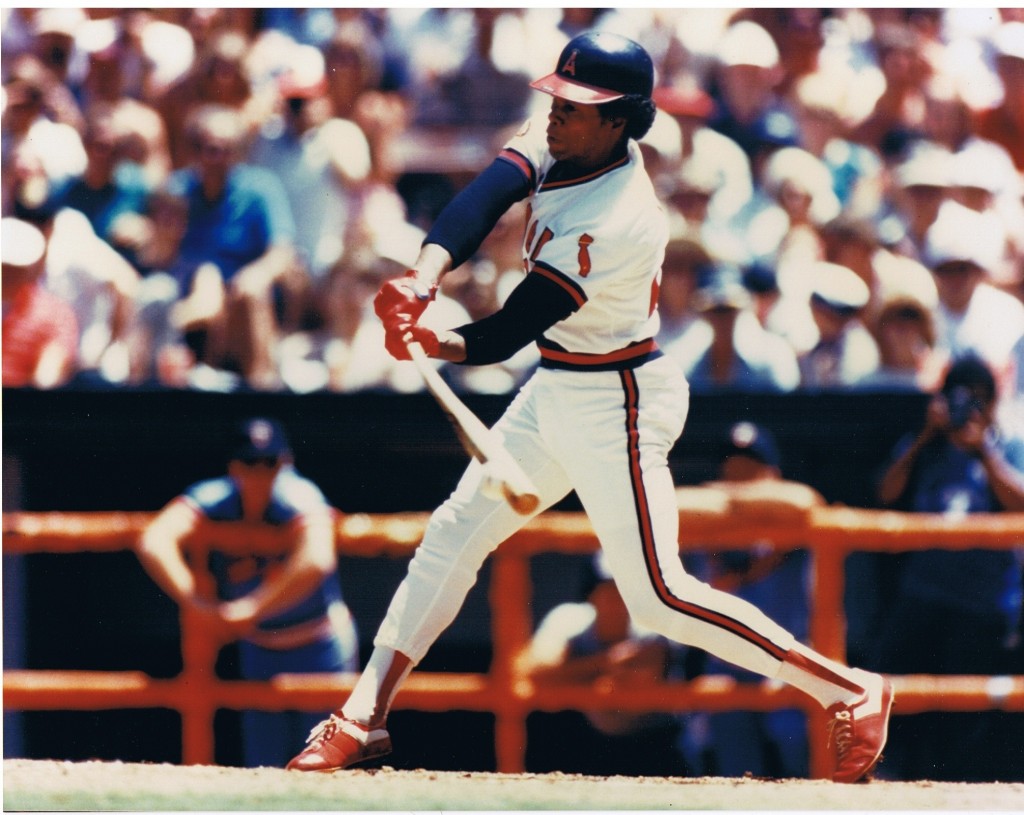Visits: 4
Knowing where and when to look.
Those are the two simple, but important rules to reading the spin of the ball out of the pitcher’s hand.
Every pitcher has his own release point, the point at which the ball leaves his hand – and the point at which a hitter should begin to read the pitch.
With few exceptions, the most prominent pitchers release all of their pitches at the same spot. It’s an aspect that proves to be a mixed blessing, as the hitter knows exactly where to look for every pitch, but it also allows the pitcher to effectively disguise his pitches.
Particularly at the lower levels of the game, you’ll find pitchers who tip their pitches by releasing different pitches from different release points. In cases such as these, it’s your job, as a successful hitter, to learn the release point of each pitcher you face. If a pitcher is giving you the advantage of tipping his pitches, it’s up to you to take that advantage by studying his warm-up and mechanics – and talking to other hitters.
It should take about six pitches to figure out where a fastball is being released and how, if at all, the release point differs from any of his other pitches.
And, another tip, it doesn’t hurt to study the pitchers on your team, as well. Chances are, whether it’s down the road in youth leagues, high school, college, or however far baseball takes you, you’re likely to run up against some familiar competition.
That’s where to look, but when to look is equally as important.
Some say it’s best to watch a pitcher’s entire motion, to never take your eyes off the opposition. I disagree. If you look for too long, you run the risk of losing yourself in the moment, of becoming mesmerized by the situation.
Instead, while the pitcher is preparing, you should be preparing yourself at the plate, relaxing your hands and working on your rhythm.
I would remain in that mode and, as the pitcher wound up, I drew both my hands and my front foot back to set up my swing. Only after the pitcher’s hands broke from his glove would I pick up the ball.
 Within 15 to 20 feet after the release point, I was able to figure out the spin and whether a fastball or an off-speed offering was coming my way.
Within 15 to 20 feet after the release point, I was able to figure out the spin and whether a fastball or an off-speed offering was coming my way.
While it may sound simple, it’s anything but. Concentration is key.
You’re inevitably going to run into pitchers who can make the ball dance and move. Thus, it’s important to know the characteristics of every pitch just like every pitcher. The more you know about a pitch, the quicker you can decide what you want to do with it – and the longer you can wait.
The key to it all is that the longer you wait on a pitch, the better hitter you’ll be.





You must be logged in to post a comment Login